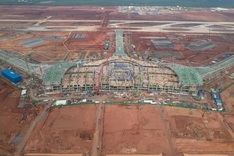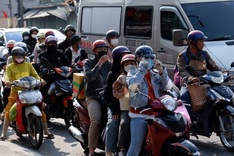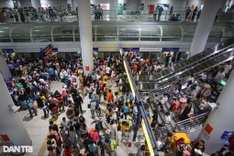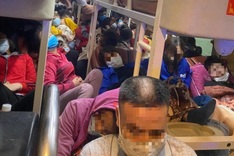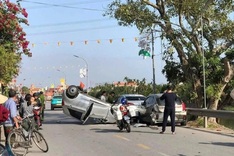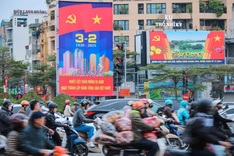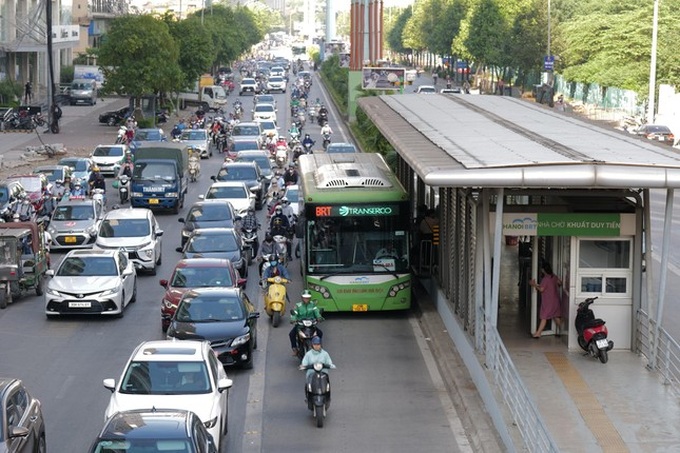
A bus on the Kim Ma - Yen Nghia bus rapid transit system
According to a report from the Hanoi People’s Committee, the route has received an increasing number of customers after five years of operation.
There were on average 40 passengers per trip in 2017, and the number increased to 45, and to 70 during rush hours this year, the report said.
The route received a total number of 4.90 million passengers in 2017, 5.53 million in 2018, and 5.50 million in 2019.
The BRT route has also earned higher revenues than normal bus services.
After experiencing some operational breaks during the Covid-19 pandemic, the route is seeing a rising number of passengers.
The route is still facing some difficulties including its dedicated lane being encroached upon by other vehicles, some stations and not being able to issue electronic tickets.
Despite those problems, local authorities said that the route has helped reduce traffic congestion. But many local people say they are unsure if it has helped reduce congestion since they have to share the street with the BRT line, which makes the streets busier during rush hour.
The 15-kilometre Kim Ma - Yen Nghia BRT route, was put into operation in 2017, connecting Dong Da and Ha Dong districts.
According to the World Bank, which funded and consulted the project, although the number of passengers remained disappointing, the system had created a foundation for a new higher standard public transport service.




